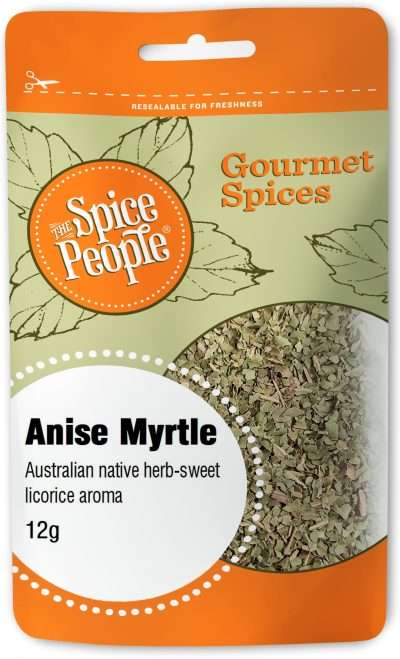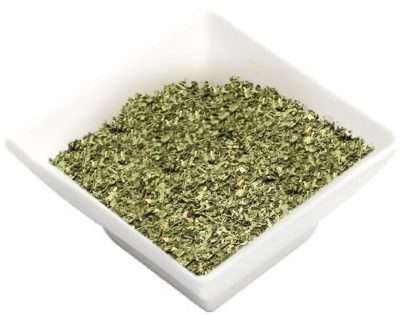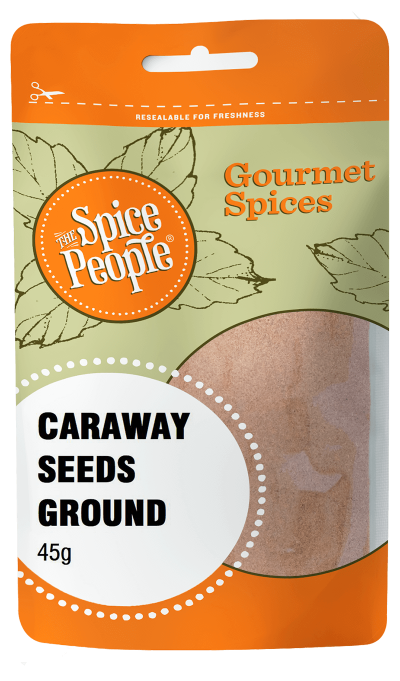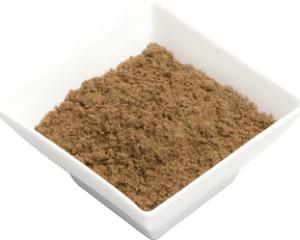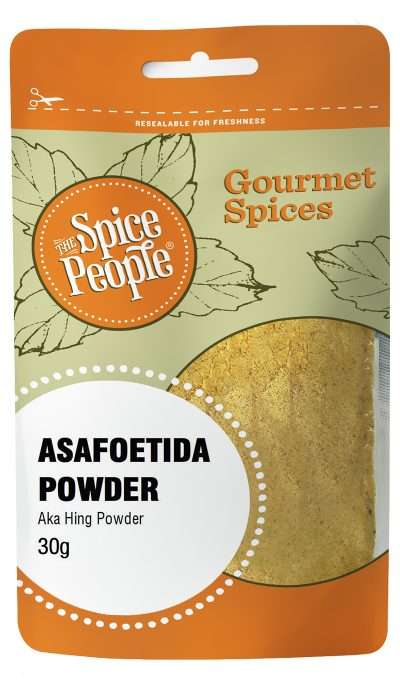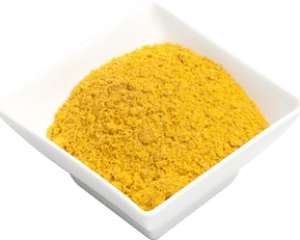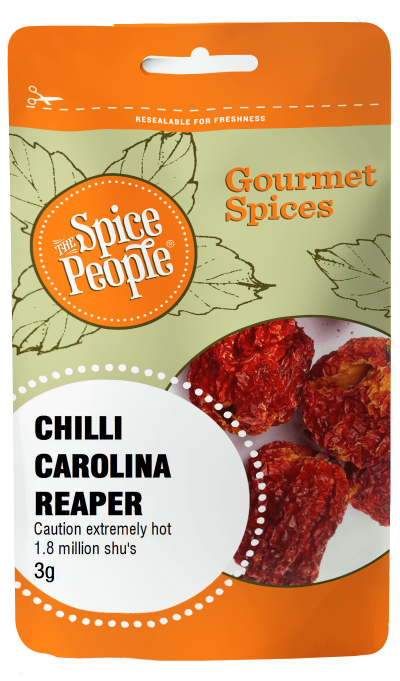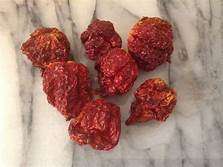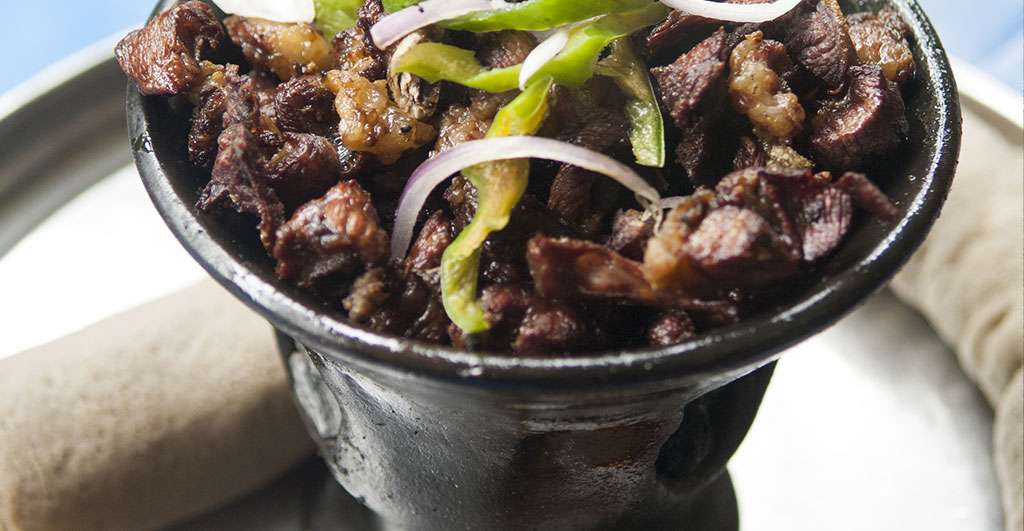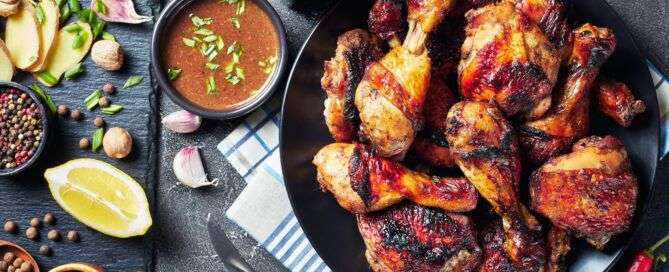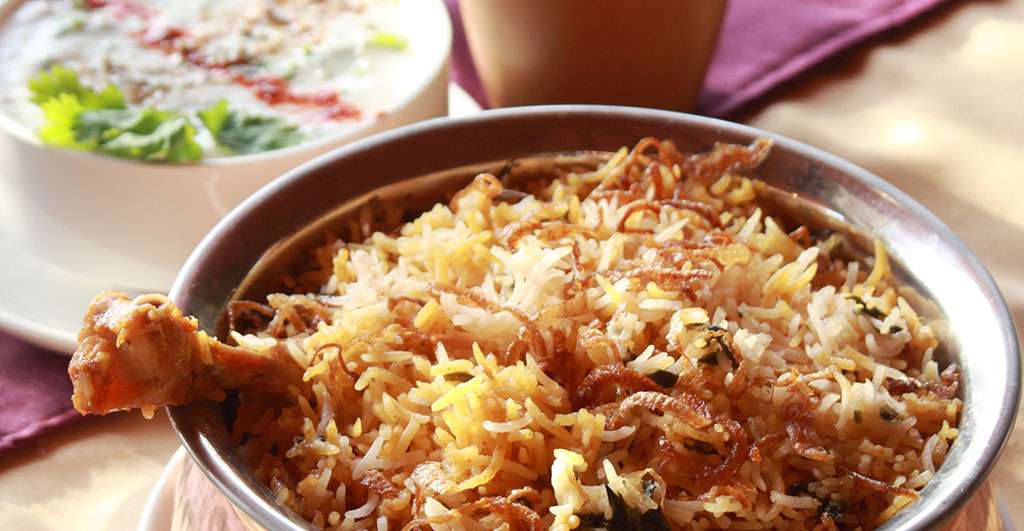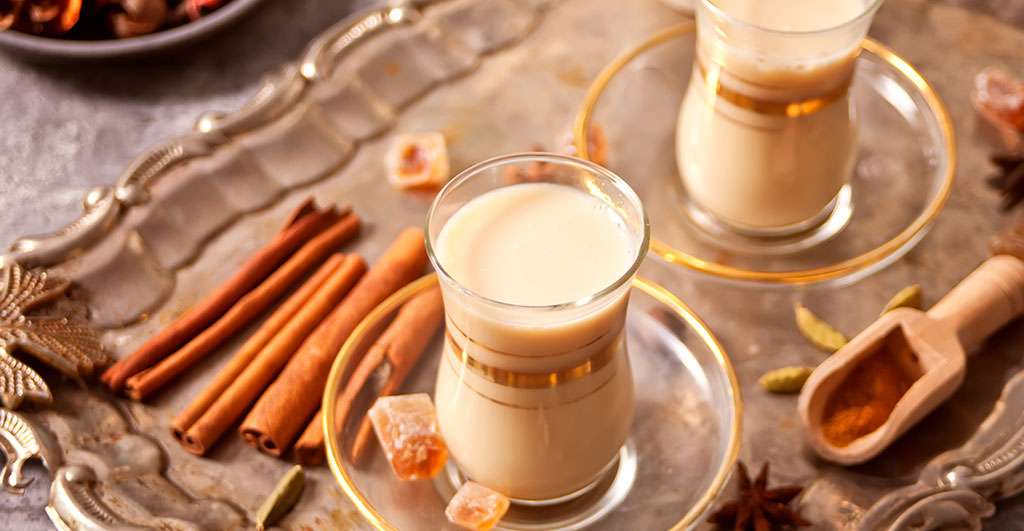Sea Salt Flakes Smoked – 150g
10 in stock
Product description
Smoked salts are sea salt flakes that have been infused with smoke from real, untreated wood. No artificial flavours or colours are used at all. The salt is smoked with bark-free woods for up to two weeks. During this time, the wood imparts its own unique flavour profile to the salt, which can range from subtle to bold to sweet. Smoked salt is perfect for enhancing the salinity of a dish while imparting the smokiness inherent to burnt wood, and the flavour unique to different types of wood. It is perfect for anyone from meat-eaters who want to beef up a BBQ, to vegans and vegetarians looking to add flame-grilled flavour to a dish.
Flavour Notes:
Perfect for adding a wonderful smoky flavour as well as salty umami notes, Smoked salts are sea salt flakes that have been infused with smoke from real, untreated wood and make a wonderfully unique, bold seasoning.
Culinary Notes:
Smoked sea salt adds a wonderfully smoky, rich flavour to a range of dishes. Sprinkle over meats before grilling, roasting or slow-cooking to make them taste like they’ve come straight from the smoker. Sprinkle over your veg, meat or fish before barbecuing for a double smoky hit. Make authentic chilli con carne or baked beans at home with a deep smoky flavour.
Health Benefits:
Smoked sea salt provides many health benefits due to its content of vital minerals. It is a source of iron, magnesium, calcium, potassium, manganese, zinc, and iodine.
Ingredients:
100% Australian Smoked Salt Flakes.
How to use

The Spice People FAQs


The Spice People FAQs

Other Spices you may like
Featured in



Join the Spice People to Get Started on Your Culinary Spice Journey!
Be the first to hear about our exclusive promotions, new product releases, recipes and more.






